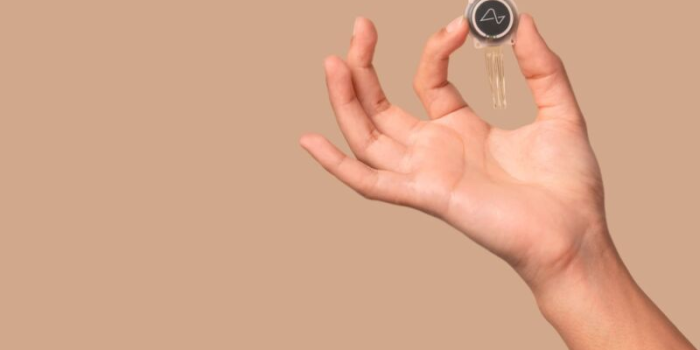Elon Musk’s brain-chip startup, Neuralink, has encountered many difficulties with its first human patient.
According to a Wall Street Journal study, 85 percent of the threads in 29-year-old Noland Arbaugh, Neuralink’s first human brain-chip patient, had displaced. Many threads received little to no signals as a result of this displacement, which caused them to shut down. Retractions from “a number” of the chip’s 64 thinner-than-hair threads were revealed by Neuralink in a blog post dated May 8. With many electrodes on each thread, 1,024 electrodes are available for recording neuronal impulses and translating them into desired actions.
Neuralink has overcome this obstacle by modifying its decoding method to compensate for the missing electrode data. Thanks to these changes, the bits-per-second (BPS) rate, a measure of how fast and precisely an implanted patient can move a computer cursor, was successfully restored, if not exceeded.
Arbaugh shared his emotional journey in an interview with The Wall Street Journal. “I was on such a high, and then to be brought down that low. It was very, very hard,” he expressed. “I cried.” Initially, he requested another surgery to fix or replace the implant, but Neuralink declined, opting to wait for more information.

Reflecting on his experience, Arbaugh said, “I thought that I had just gotten to, you know, scratch the surface of this amazing technology, and then it was all going to be taken away. But it only took me a few days to recover from that and realize that everything I’ve done up to that point would benefit everyone who came after me.” He remains hopeful, stating, “It seems like we’ve learned a lot, and things are going in the right direction.”
Neuralink is tackling the thread retraction issue as it prepares for its second surgical implantation, which is scheduled for June. The Food and Drug Administration (FDA) has approved the subsequent treatment. The company intends to implant the threads 8 millimeters into the brain tissue, a deeper depth than the 3 to 5 millimeters used in Arbaugh’s implantation.

Chips that interface with the brain are not new. A tetraplegic patient was able to use a “neural cursor” in 2006 after researchers successfully implanted a Utah Array brain chip with 96 electrodes. This allowed the patient to perform tasks like opening emails, using devices, and operating a prosthetic hand and robotic arm. The Utah Array electrodes emphasize the developments and enduring by penetrating up to 1.5 mm into brain tissue.
With the belief that implantation of the tiny wires will prevent future thread movement and improve performance in later trials, Neuralink is steadfast in its commitment to further developing its technology.


